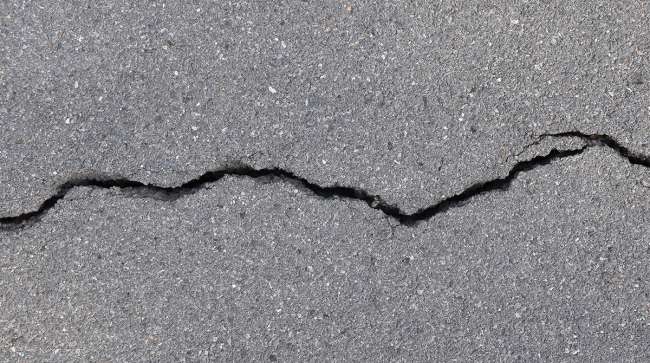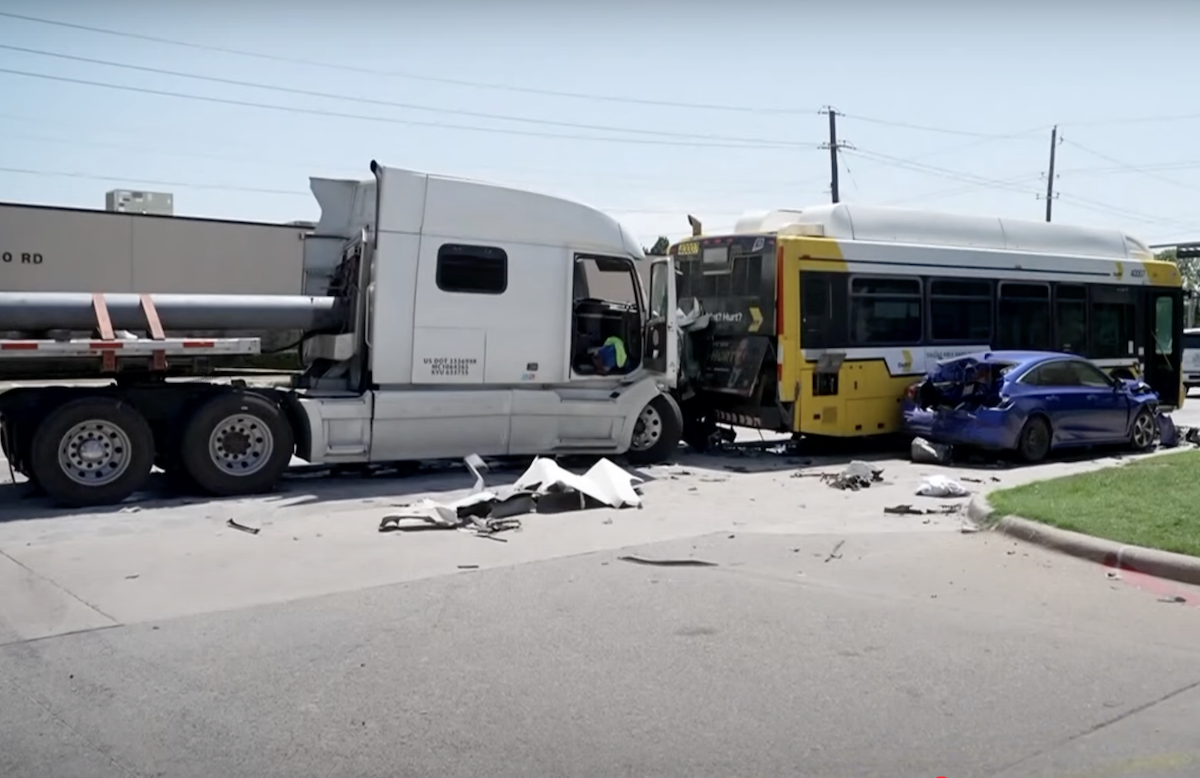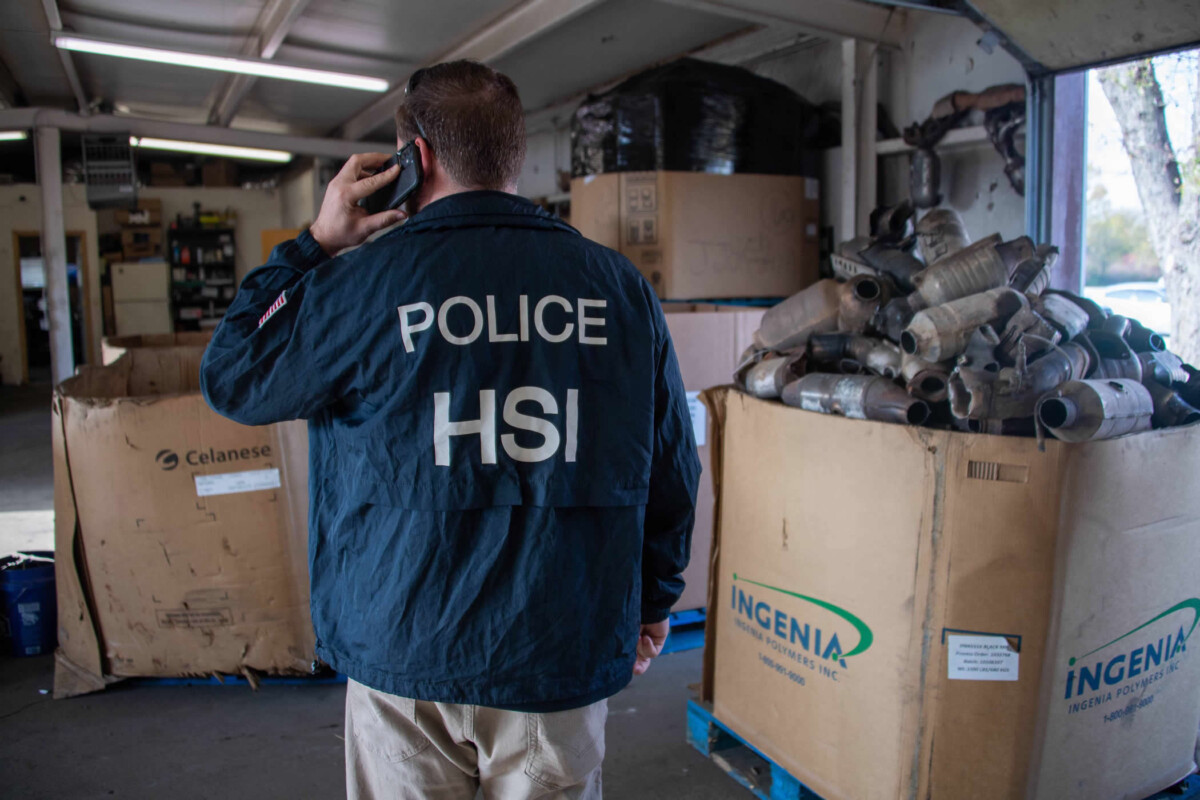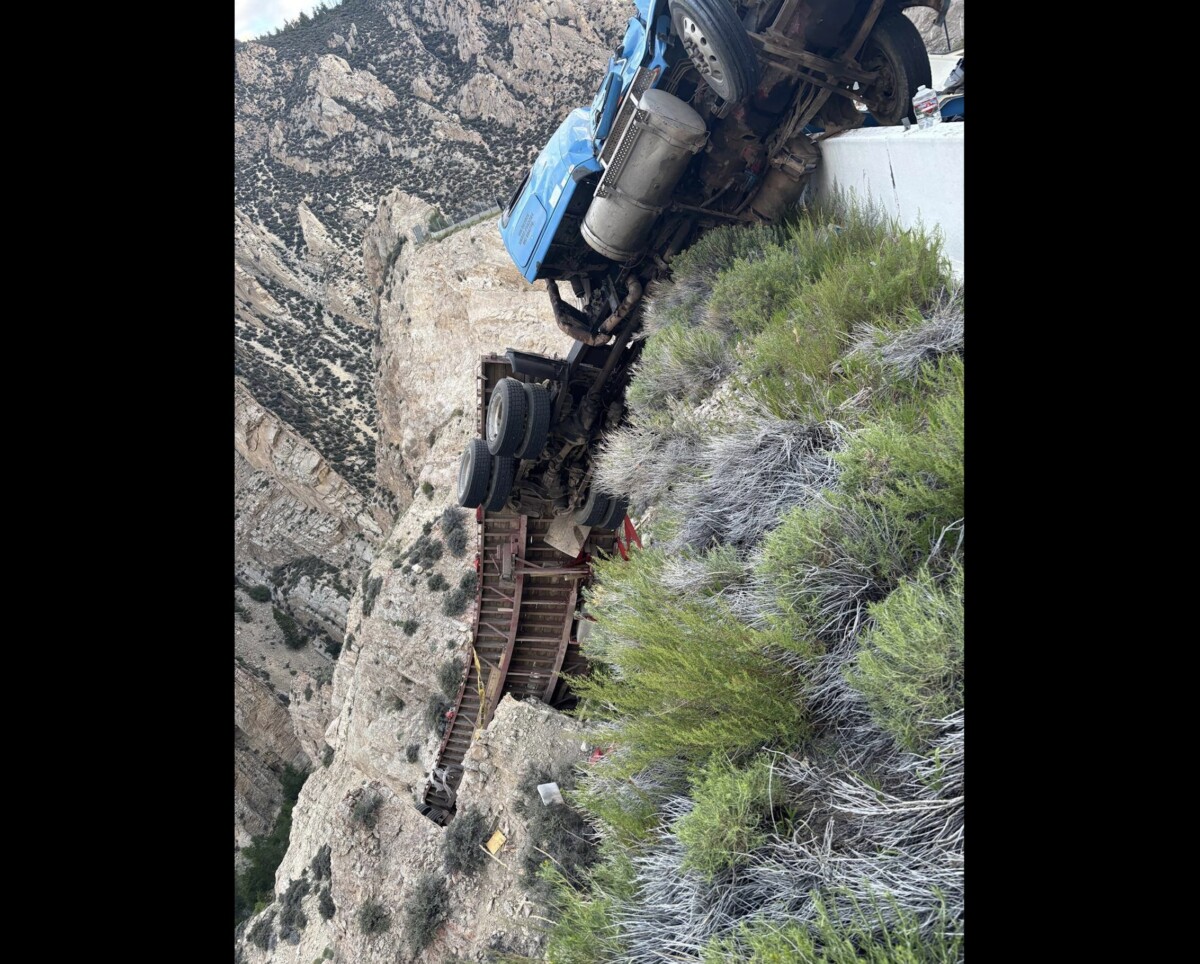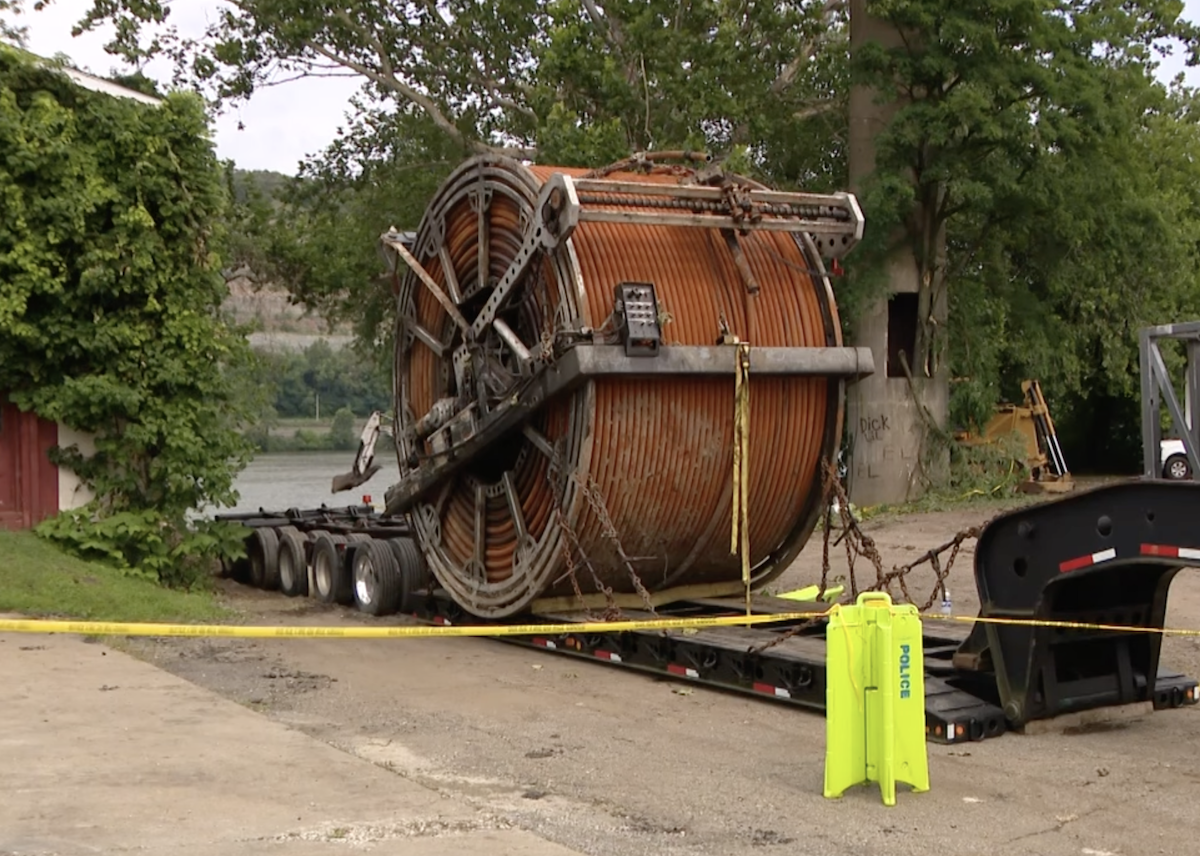(andy0man/Getty Images)
WASHINGTON — A comprehensive evaluation of the nation’s infrastructure networks determined the conditions of the country’s highways are at a near-failing grade.
In its quadrennial infrastructure report card, the American Society of Civil Engineers issued a D+ grade for the country’s intricate network of roadways, the principal arena for the trucking industry’s operations.
ASCE emphasized lingering inadequate conditions as well as consistent safety concerns typically result in highway congestion. These were among the factors prompting analysts to issue the current grade for the sector.
“Congestion negatively affects people headed to their destinations and goods on their way to market,” according to ASCE. “While congestion has traditionally been reported, travel time reliability has increasingly measured roadway network performance. A reliable network allows for consistent travel times during peak period trips; drivers can accurately plan for extra time. Significant challenges occur when the network is unreliable, delaying people and products. Freight transportation also affects the roadway system.”
The grades are in. America’s infrastructure earned an overall grade of C.
Learn more about the ASCE 2025 #InfrastructureReportCard: https://t.co/R6rVybZNpO. pic.twitter.com/vBrecQ0uSF
— ASCE Headquarters (@ASCETweets) March 25, 2025
The group delivered myriad recommendations for policymakers to consider as they seek to improve roadway systems. These included increasing multimodal transportation options for industries and commuters, boosting public and private sector funding partnerships for highway managers and continuing to pursue designs proven to safeguard motorists and pedestrians. As ASCE noted, “Incorporate infrastructure design choices that can help save lives, including reducing lane width and implementing low-cost features such as asphalt art, which can heighten the visibility of crosswalks.”
Additionally, per the group: “Promote the frequent release of accurate and updated condition data at the federal level.”
Four years earlier, roadways received a grade of D. There was little improvement since 2021, although state transportation agencies began to realize funding increases from the Biden-era’s $1.2 trillion bipartisan infrastructure law.
Many thanks to @SenWhitehouse @RepSamGraves, & @RepRickLarsen for speaking on infrastructure issues at @ASCETweets unveils the 2025 Report Card for Americas Infrastructure. We appreciate your collective leadership to improve the nation’s built environment! pic.twitter.com/YRwFiXErG9
— ASCE Gov’t Relations (@ASCEGovRel) March 25, 2025
The report card also examined conditions for aviation, dams, wastewater systems, schools, levees and energy grids — all of which received D+ grades. The nation’s ports reached the report card’s head of the class with a B. ASCE determined, “Recent federal investments nearly doubled annual funding levels for programs such as the Port Infrastructure Development Program to $450 million per fiscal year, allowing America’s ports to more robustly assess, balance and address their waterside and landside needs.”
The nation’s overall infrastructure conditions garnered a C grade. Four years earlier, the overall grade issued by ASCE was C-.

Smith
At a media forum in the nation’s capital on March 25, ASCE Executive Director Tom Smith sought to capture the mood following the new report card’s release to the public. Directing his remarks primarily to policymakers, he explained infrastructure systems are experiencing “some of [their] greatest challenges to date.”
“Whether that be from drastically altered social demands of our infrastructure following the pandemic, increased dependencies on our energy systems, increasingly severe weather events and continuously aging assets that need to be replaced,” he went on.
On Capitol Hill, the transportation policy panels announced they are pursuing an update of the nation’s highway network. Guided by a fall 2026 deadline specific to federal highway policy authority, senior lawmakers intend to dedicate long-term funding for mobility corridors, improve supply chain connectivity and enhance safety for commuters and pedestrians.
Rep. Sam Graves (R-Mo.), chairman of the House Transportation and Infrastructure Committee, attended ASCE’s 2025 report card launch. Central to the House GOP’s upcoming highway bill debates will be a return to traditional surface transportation policies. As the chairman put it, “This is going to be a more traditional surface transportation reauthorization. What that means is laying asphalt, pouring concrete, building roads, building bridges — that’s what it’s going to be.”
The current authorization of federal highway programs was included in 2021’s Infrastructure Investment and Jobs Act, which dedicated billions of dollars for improving the nation’s transportation system.

